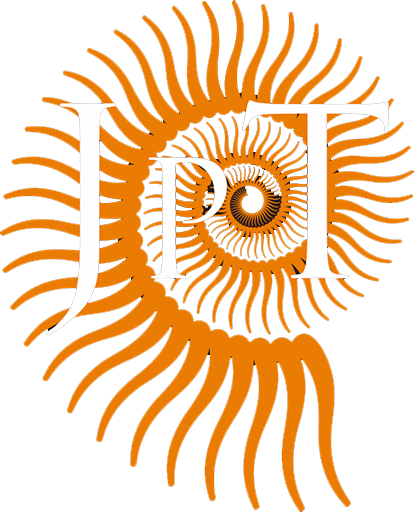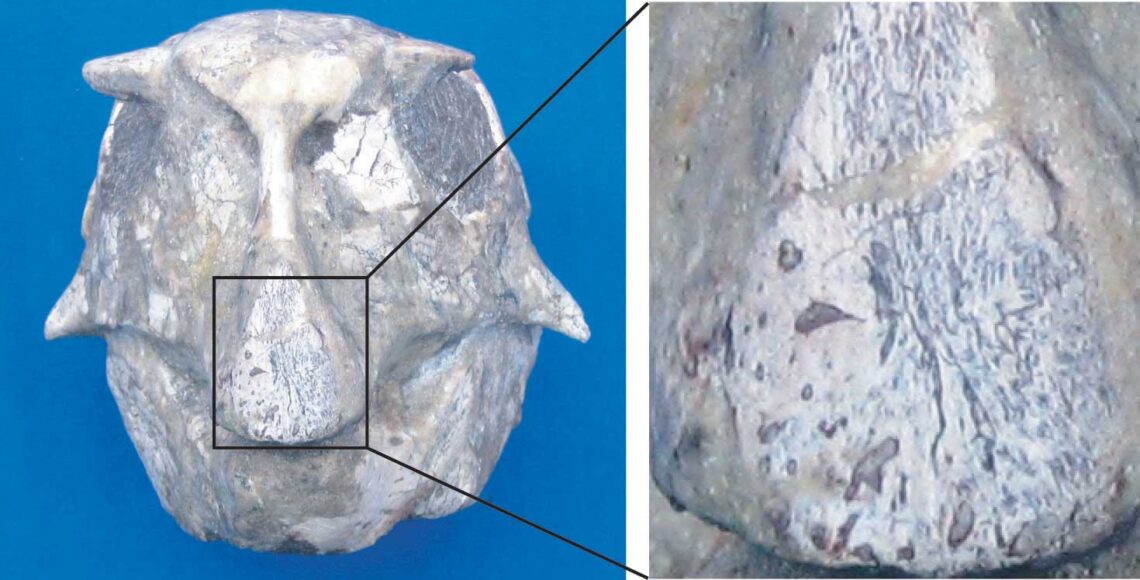JPT No. 2 – Dinosaur frauds, hoaxes and “frankensteins”: how to distinguish fake and genuine vertebrate fossils
Mateus, O.1; Overbeeke, M.2 and Rita, F.3
1- Dept. of Earth Sciences (CICEGe-FCT), New University of Lisbon, Lisbon, Portugal & Museu da Lourinhã, Rua João Luis de Moura, 2530-157 Lourinhã, Portugal. omateus@fct.unl.pt
2- National Natural History Museum Naturalis, Leiden, The Netherlands & Faculty of Geosciences, Utrecht University, Utrecht, The Netherlands. m.overbeeke@hotmail.com
3- Clínica Montepio, Caldas da Rainha, Portugal. fjrita@netvisao.pt
ABSTRACT
Dinosaurs and other fossils have been artificially enhanced, or totally forged, to increase their commercial value. The most problematic forgeries to detect are based on original fossils that are artificially assembled. Several techniques are suggested for detecting hoaxes: detailed visual examination, chemical analysis, X-ray or CT-scan, and ultraviolet light.
It is recommended that museums and paleontological researchers do not purchase and/or trade fossils lacking clear provenience information. Exceptions to that general rule should be closely examined using techniques described herein.
INTRODUCTION
The high economic value of rare fossil specimens has fuelled their market value, firing the imagination of fossil dealers and collectors and increasing demand for fraudulent specimens. The production of fake fossil specimens is particularly common in poorly developed areas where fossil trading can represent one of the few ways to achieve economical survival. For example, China and Morocco are known to produce both genuine and fraudulent fossils, making the detection of fake all the more difficult (Dalton, 2000, 2004a, 2004b, Milner et al. 2001, Padian, 2000). Because complete specimens are rare, they command higher price. For this reason, forgers often find it profitable to join multiple specimens in order to assemble a fraudulent single skeleton that appears complete. Padian (2000) discusses in some detail the problematic nature of fossil trade and forgery with respect science and education in the United States.
A subject of shame and embarrassment for the researchers involved in their study, certain frauds have been divulged to the public. For example, the famous “Piltdown Man”, a forgery merging a modern human skull with the jaw of an orangutan, was advanced as a single specimen of a putative primitive human ancestor that fooled anthropologists for decades (Weiner, 1955).
One of the most conspicuous recent examples of fraudulent composite dinosaur fossils is the famous Archaeoraptor specimen from the Liaoning Province of China. This “discovery” was the subject of coverage by media sources including National Geographic and Nature (Rowe et al., 2001; Sloan, 1999; Zhou et al., 2002). Careful examination subsequently revealed that the specimen represents at least two and up to five, separate specimens that were fraudulently merged to assemble a single “individual” (Zhou et al., 2002).
Fossil frauds are usually forged to obtain not only profit, but also publicity. Cunning forgers may put much training and effort to render hoaxes as realistic as possible. Some forged fossils are fantastically verisimilar to real fossil specimens and may easily fool an incautious fossil-buyer.
The aim of this paper is to give the method of fraud recognition. The goal is to discuss a methodology to detect frauds, and not to discuss a buying setting, ethical behaviours or even to recommend how to buy fossils.

